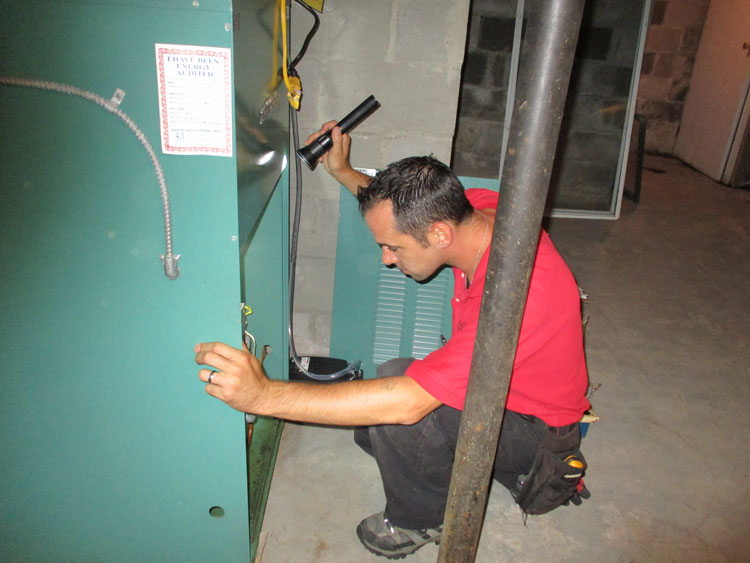Seller FAQ
How long will the inspection take?
The inspection time will vary based on the age, size, and condition of the property. A typical four bedroom, two and one half bathroom colonial style home will take approximately two and one half to three hours to inspect.
Do I need to be at the inspection?
No, if you are represented by a realtor, they will typically arrange access to your home. If you need to be at home to provide access to the house, we recommend that you try to keep a distance from the inspection process. When the homeowner needs to be at home, it seems to work best when the homeowner occupies their time with a small project or correspondence in a den or home office or – weather permitting – some gardening outside. Home buyers will typically feel more comfortable if the homeowner is not present, which usually equates to a smoother inspection and less stressful real estate transaction.

How can I help ensure a smooth inspection?
The homeowner can assist in the inspection process in two ways. First, prior to the start of the inspection, you should notify the inspector of any appliances that are not operational or should not be operated. Second, ensure that the inspector has access to all areas of the house, including attached and detached garages. Even if you have never been in the attic or crawlspace, it is important for the inspector to enter and inspect these areas. Storage in closets and blocked or bolted access panels will impede the inspection and may result in additional fees and visits to you home, as well as unwelcome delays in the closing process.
Also, the inspector will need access to the water meter, gas meter, and any electrical panels (i.e. fuse or breaker panels). The inspector will need to remove the service panels from the heating / cooling equipment and the front cover from the electrical panel, not just open the cover door. If the panels or panel cover are blocked, removing any obstruction prior to the inspection is important. When preparing to sell your home, it is common to move personal items and collectibles into the basement or garage. Unfortunately, this storage typically blocks access to areas or components of the house that must be inspected. Be sure to leave two to three feet of access around the perimeter of any room or any equipment to allow the inspection to be completed.


